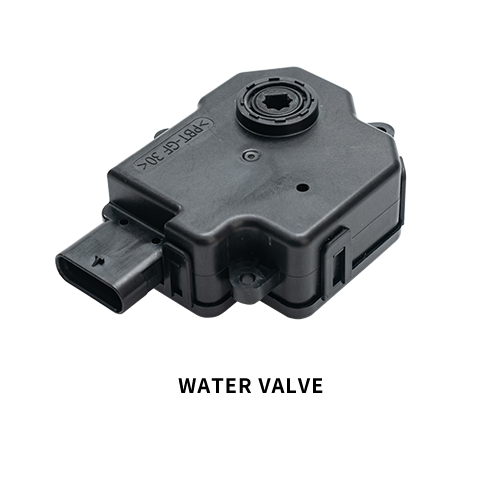There are various control methods for water valves in thermal systems,each with its own unique advantages and applicable scenarios.Manual control is the basic method,which controls the water flow by directly operating the opening and closing degree of the water valve manually.It is easy to operate and cost-effective,and is commonly used in small and simple thermal systems or as an emergency backup.But this method relies on manpower and cannot achieve automated adjustment,resulting in poor control accuracy.
Electric control uses an electric motor to drive the water valve core to adjust the opening,and can receive electrical signals from temperature sensors and controllers to achieve remote control and automatic adjustment.It has high control accuracy and rapid response,and is widely used in large-scale commercial building HVAC systems that require high automation and control accuracy.However,it requires a power supply and control circuit,which is costly and requires certain maintenance techniques.
Pneumatic control uses compressed air as the power source and controls water valves through pneumatic actuators.It has the characteristics of fast response speed,high output force,and good explosion-proof performance,and is suitable for thermal system scenarios with harsh environments and explosion-proof requirements such as chemical and petroleum industries.But it requires a compressed air supply system,a complex pipeline layout,and lower control accuracy than electric control.

Self operated control relies on the energy of the thermal system itself,such as temperature,pressure,and other parameter changes,to automatically adjust the opening of the water valve.For example,a self operated temperature regulating valve can automatically adjust the valve opening based on the temperature changes sensed by the temperature sensing element to maintain the set temperature.This method does not require external energy,is easy to install,reliable in operation,and can automatically adapt to some changes in working conditions.However,the control accuracy is limited,and it is mostly used in small thermal systems or local circuits that do not require high control accuracy.
Hydraulic control uses liquid(such as hydraulic oil)as the power transmission medium,and drives the water valve with the help of a hydraulic system.The output force and torque are large,and it can effectively control large-diameter,high-pressure water valves.The action is smooth and reliable,and it is commonly used in large industrial thermal systems and water conservancy projects that require high driving force for water valves.But its system is complex and requires specialized hydraulic stations and other equipment,with high investment and maintenance costs.
